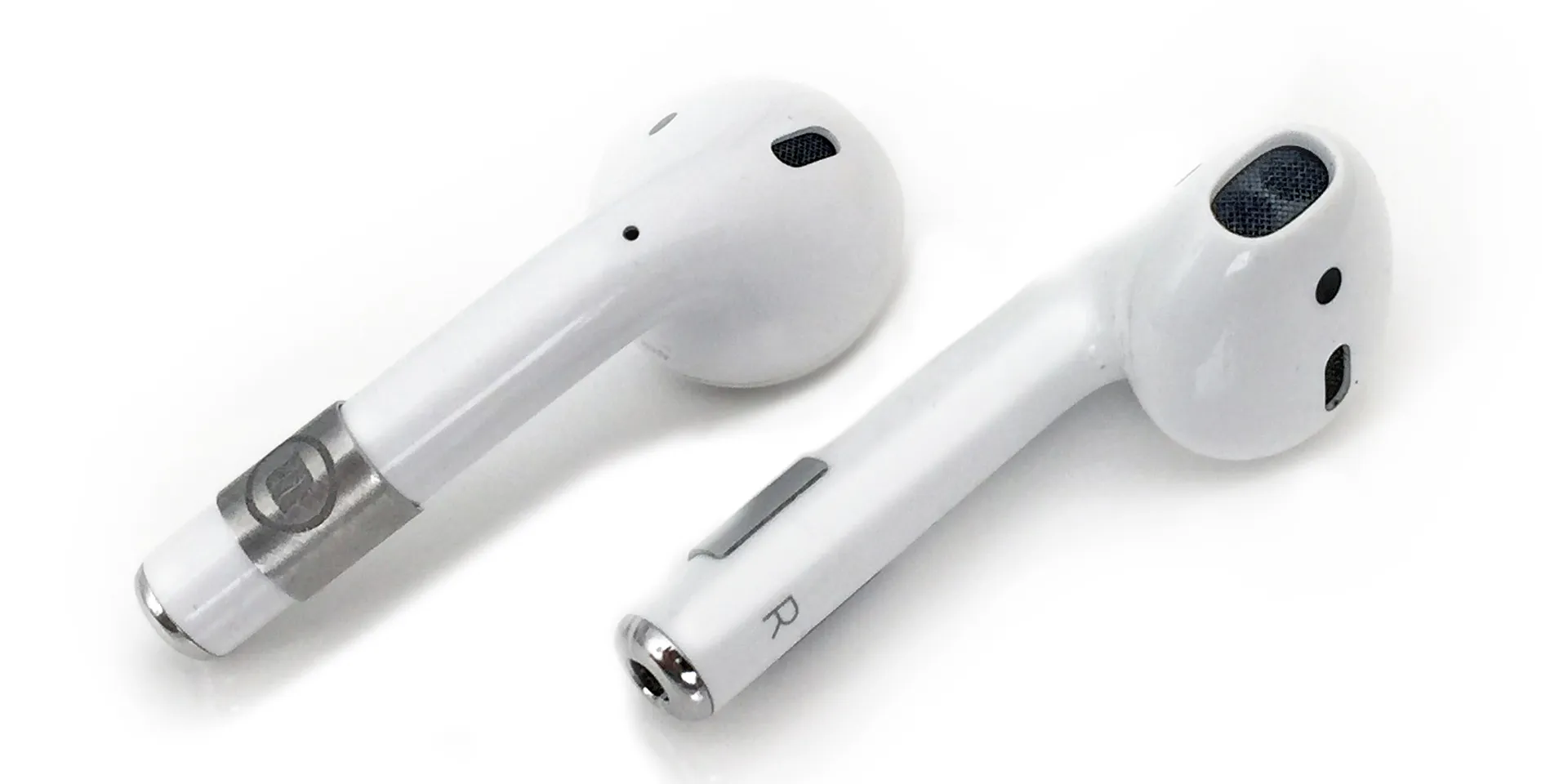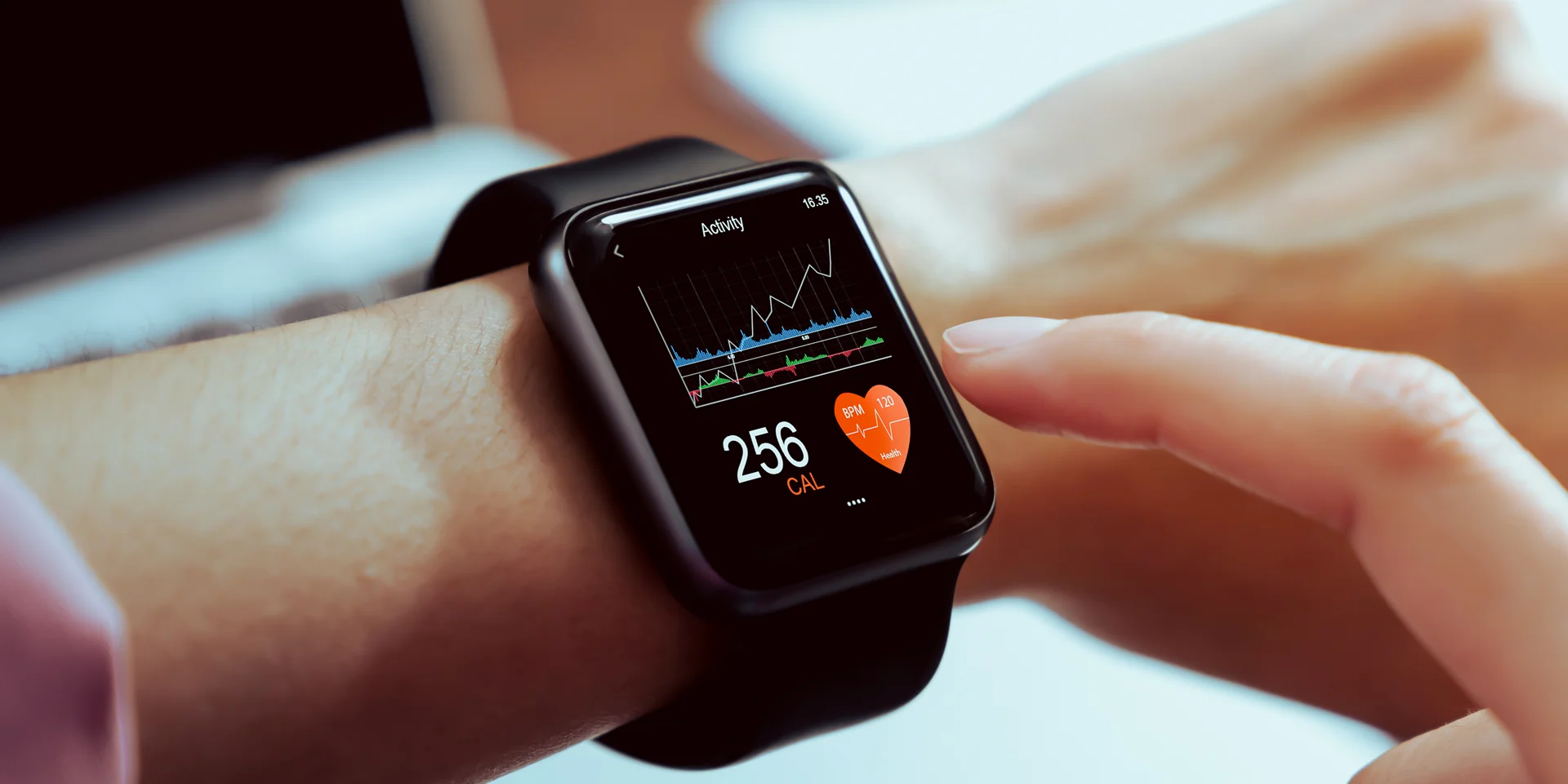Published on 15 January 2024
Are Bluetooth headphones harmful?
Bluetooth has become firmly established in our everyday lives: We use in-ear headphones such as Apple AirPods, Bluetooth speakers, smartwatches and fitness trackers, printers, numerous smart home devices and even hearing aids that can be controlled via a Bluetooth connection to a smartphone.
Bluetooth is therefore extremely practical. Thanks to the numerous possibilities and advantages of Bluetooth, we are using wireless communication technology more and more in our everyday lives. However, all these advantages are countered by many scientists who are urgently warning against the health risks of Bluetooth radiation. More and more users are now asking themselves whether Bluetooth is dangerous.

• 0.08 watts per kilogramme (W/kg) as an average over the whole body
• 2 W/kg locally as an average over body parts, e.g. the head
Appliances that exceed these values may not be sold in Germany. Sounds like a safe bet, doesn’t it? But it’s not that simple. The limit values were set almost 30 years ago and have not been updated since.
This explains why more and more scientists around the world are warning against intensive use of digital devices. In particular, devices that are worn directly on the body – such as smartphones and Bluetooth headphones – can cause massive damage to health in the long term.

The appeal also includes an urgent warning against devices that emit high-frequency electromagnetic radiation via Wi-Fi, Bluetooth or mobile data. Possible damage includes an increased risk of cancer, genetic damage, neurological disorders and negative effects on people’s general well-being.
 Products
Products
Bluetooth is therefore extremely practical. Thanks to the numerous possibilities and advantages of Bluetooth, we are using wireless communication technology more and more in our everyday lives. However, all these advantages are countered by many scientists who are urgently warning against the health risks of Bluetooth radiation. More and more users are now asking themselves whether Bluetooth is dangerous.
1. What is Bluetooth?
Like Wi-Fi, Bluetooth is a wireless communication technology. Two digital devices can be connected directly via Bluetooth, in a similar way to Wi-Fi. However, unlike Wi-Fi, Bluetooth only works over relatively short distances of around 10 metres. Bluetooth connections are therefore ideal for devices in close proximity. For example, smartphones and headphones can be connected wirelessly via Bluetooth, as can computers and printers, laptops and mice, etc
2. Is Bluetooth hazardous to health?
Bluetooth generates electromagnetic radiation (electrosmog / EMS), just like smartphones and every other Wi-Fi device. As protection against electromagnetic radiation (electrosmog / EMS), limit values, known as SAR values, apply in most countries. The SAR value describes how much radiation the human body tissue absorbs. In Germany, these limits are set by the Federal Office for Radiation Protection (BfS). The following values apply in this country:• 0.08 watts per kilogramme (W/kg) as an average over the whole body
• 2 W/kg locally as an average over body parts, e.g. the head
Appliances that exceed these values may not be sold in Germany. Sounds like a safe bet, doesn’t it? But it’s not that simple. The limit values were set almost 30 years ago and have not been updated since.
This explains why more and more scientists around the world are warning against intensive use of digital devices. In particular, devices that are worn directly on the body – such as smartphones and Bluetooth headphones – can cause massive damage to health in the long term.
3. Are there any studies on the effects of Bluetooth radiation?
In 2015, an international appeal caused a stir: Renowned scientists from over 40 countries called on the United Nations (UN) and the WHO to protect against electromagnetic radiation (EMS) and electromagnetic fields (EMF): "Numerous recent scientific publications have shown that EMFs harm living organisms at levels far below most international and national limits," it says. Since then, more than 250 scientists have joined this appeal – and the number is growing.
The appeal also includes an urgent warning against devices that emit high-frequency electromagnetic radiation via Wi-Fi, Bluetooth or mobile data. Possible damage includes an increased risk of cancer, genetic damage, neurological disorders and negative effects on people’s general well-being.
4. What do scientists say about Bluetooth radiation?
Among the signatories of the appeal is Jerry Philips, Professor of Biochemistry at the University of Colorado. He considers the use of wireless headphones to be questionable:"I find it worrying that AirPods are placed directly in the ear canal, exposing the tissue in the head area to relatively high levels of radio frequency radiation,” Philips told the US magazine medium in 2019. However, the health risks posed by this are not limited to Apple AirPods, but apply to "all technologies that work with wireless frequencies".5. What should you do about Bluetooth radiation?
Bluetooth is practical and makes everyday life easier for many users. In order to facilitate use of Bluetooth and allow people to stay safe at the same time, memon has developed thememonizerEARPHONE specifically for Apple AirPods and the memonizerHEADSET for all other headphones. There is also the memonizerHEARING AID for those who wear hearing aids. The memonizer compensates for the negative effects of electromagnetic radiation (electrosmog / EMS) caused by Bluetooth and makes music a safe experience again. Products
Products










